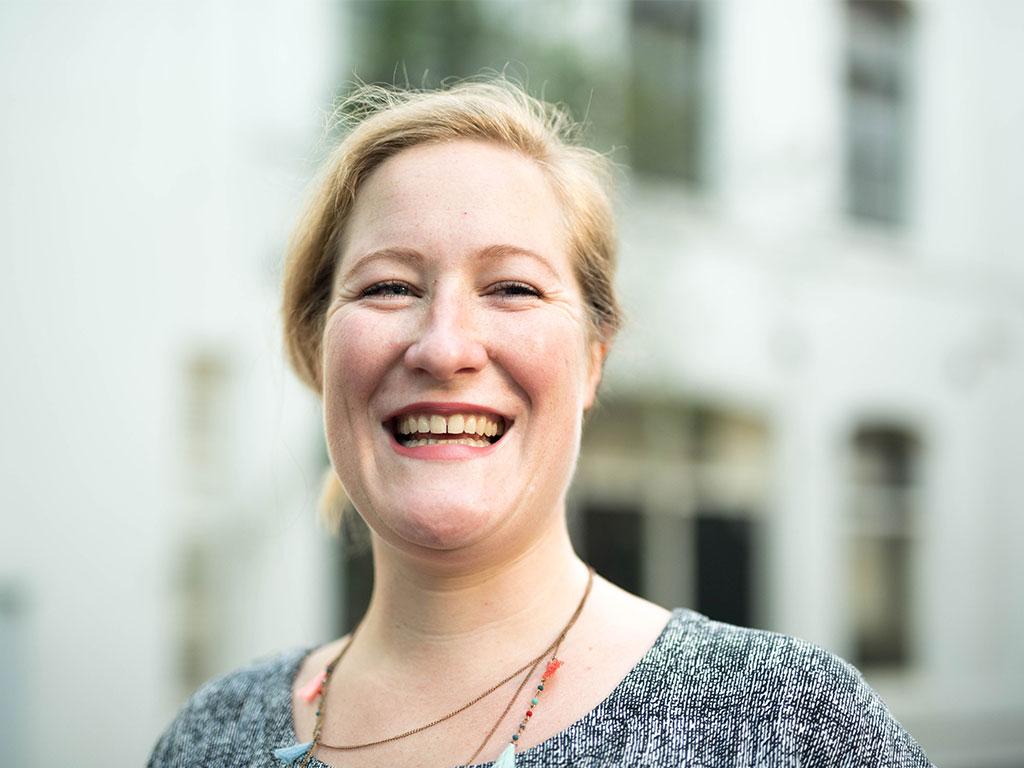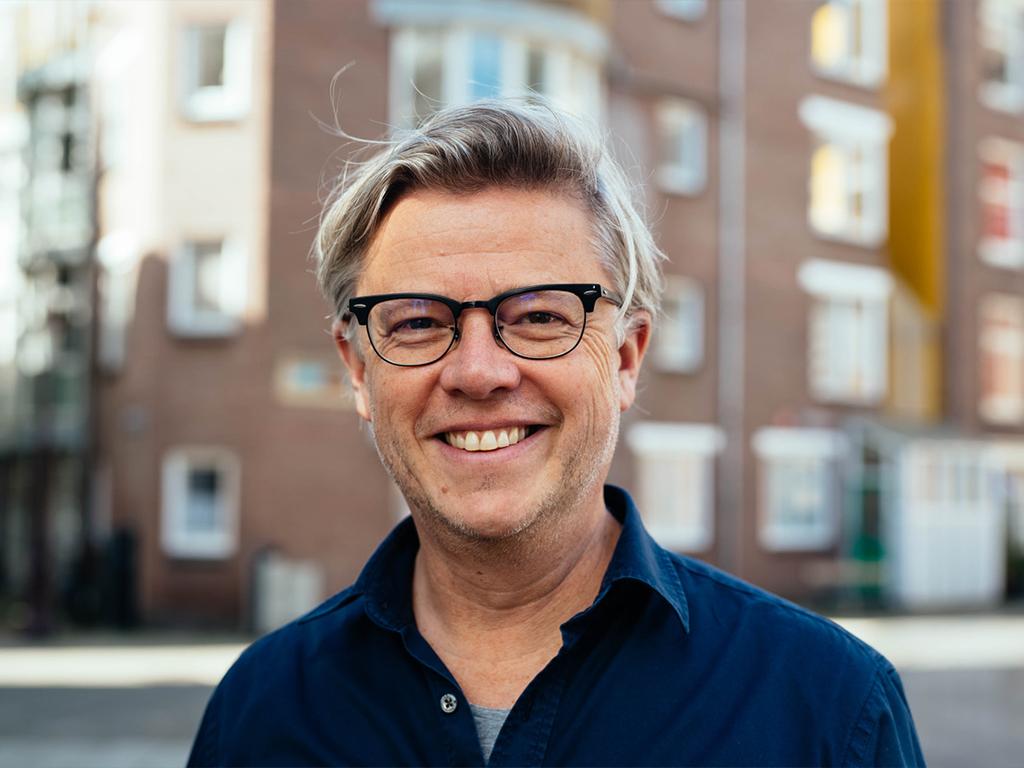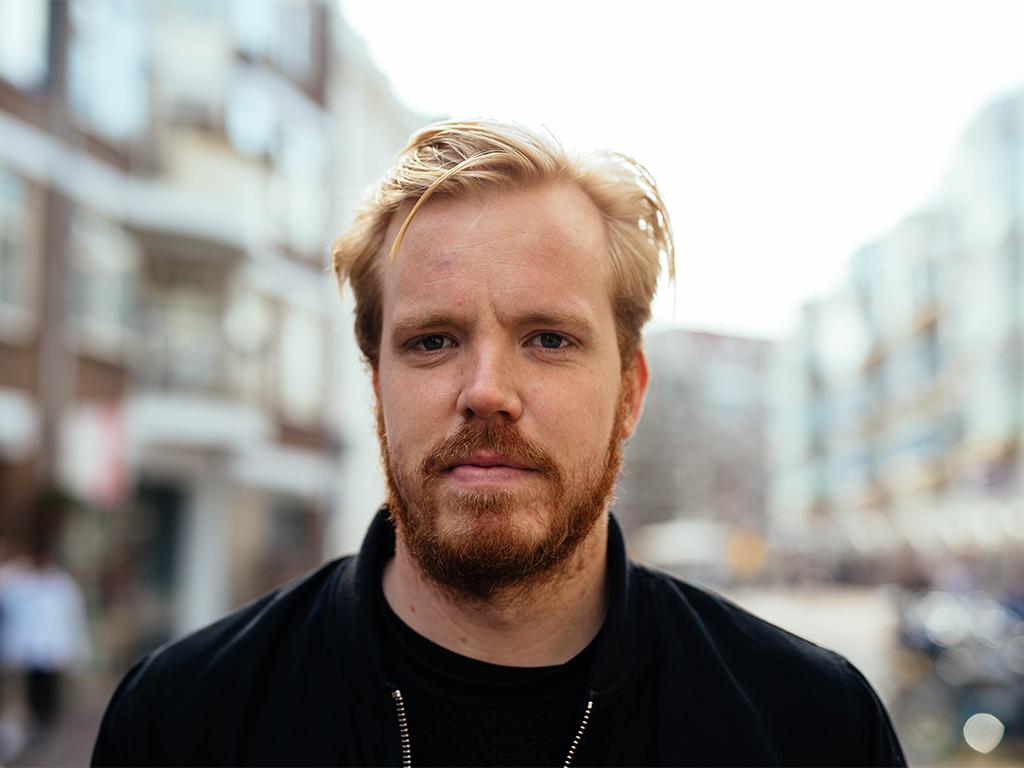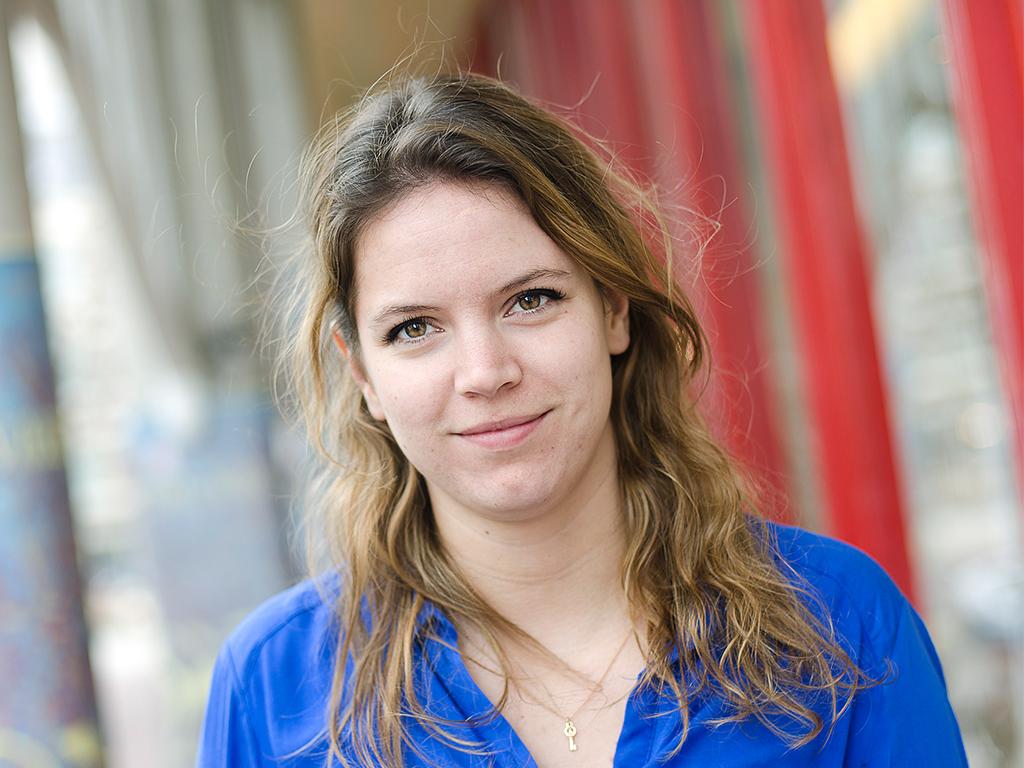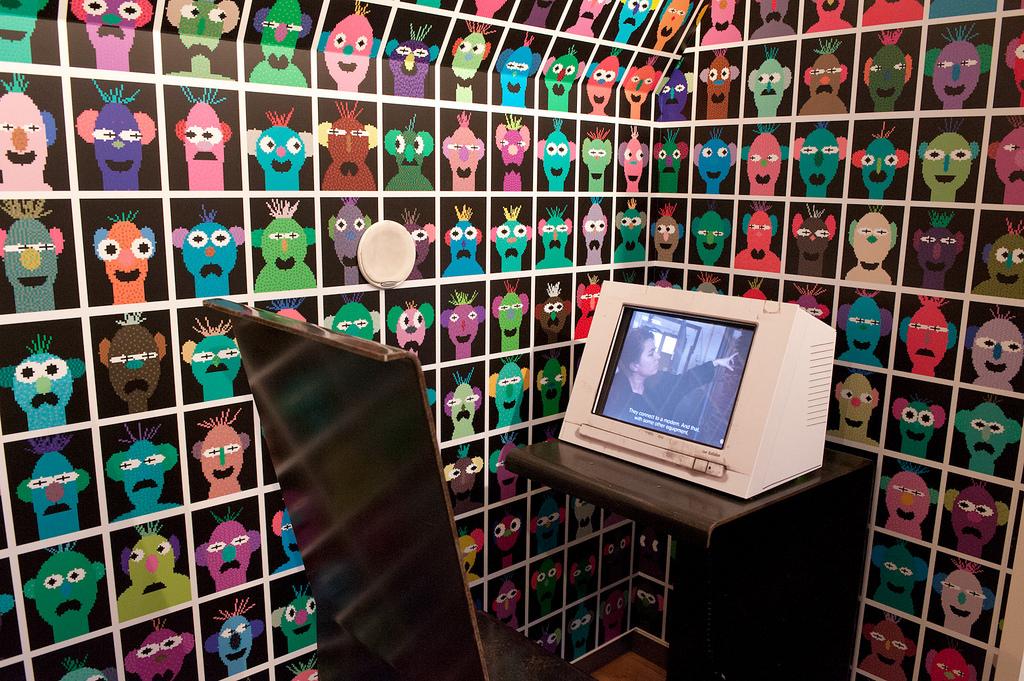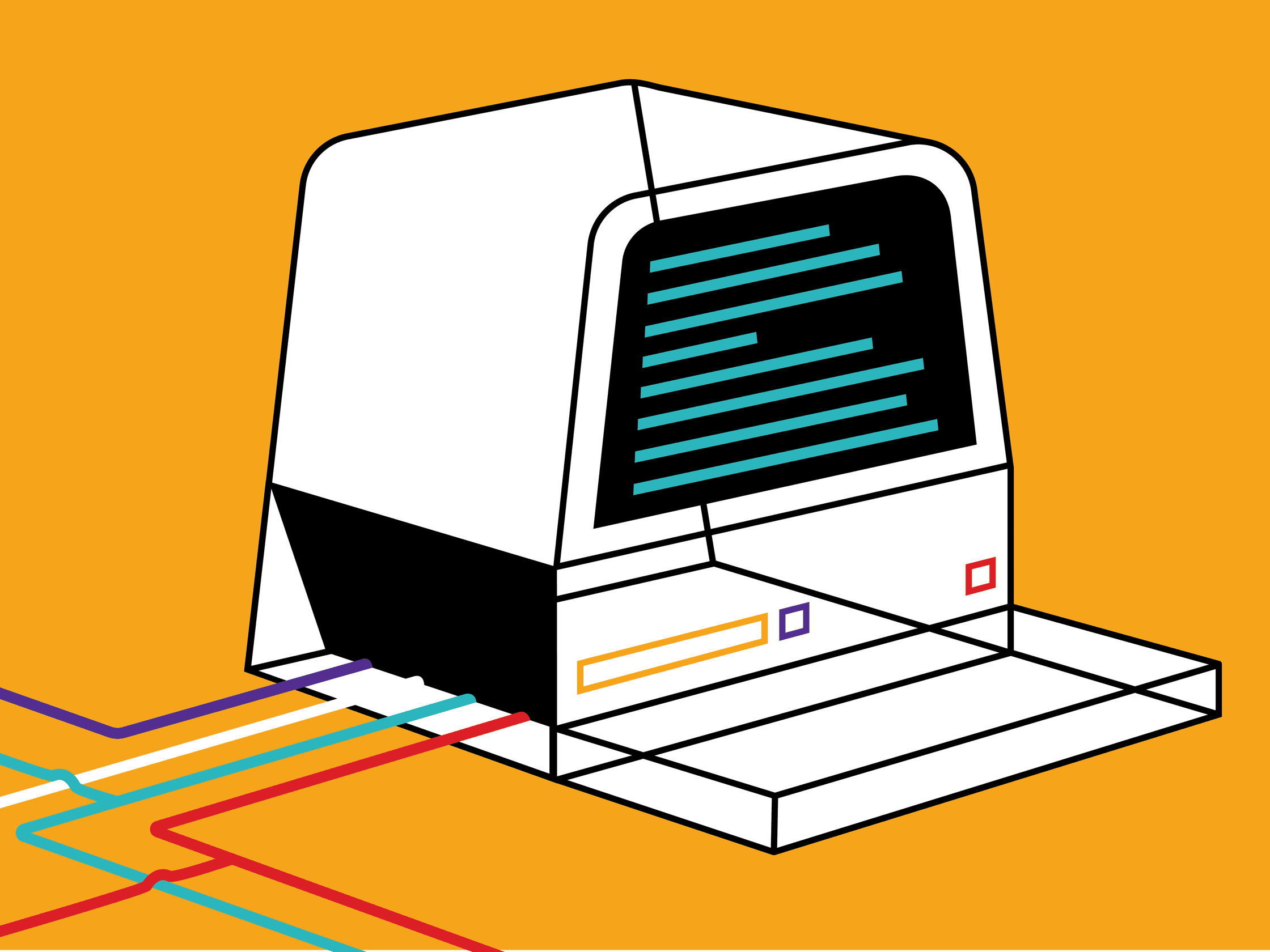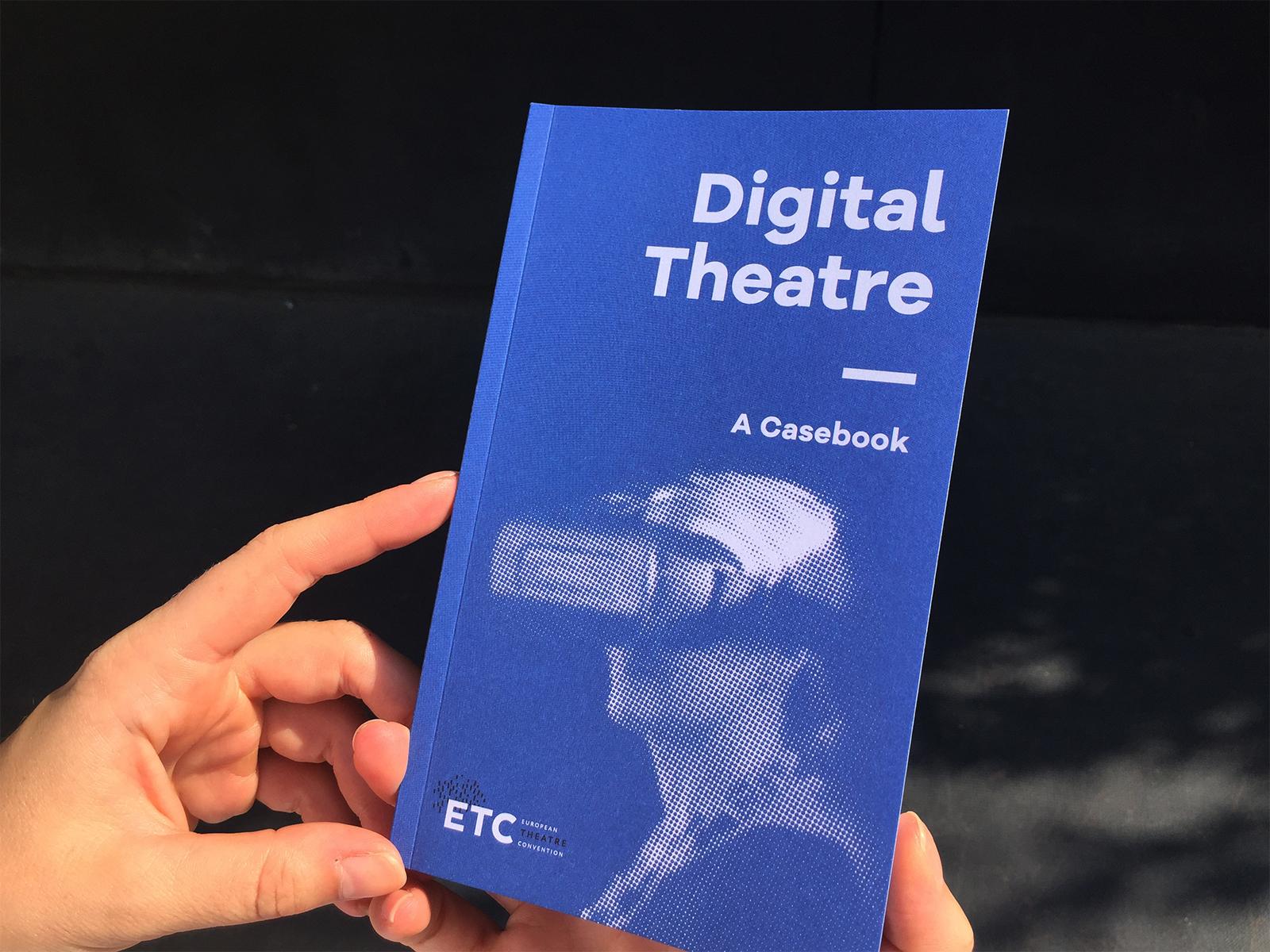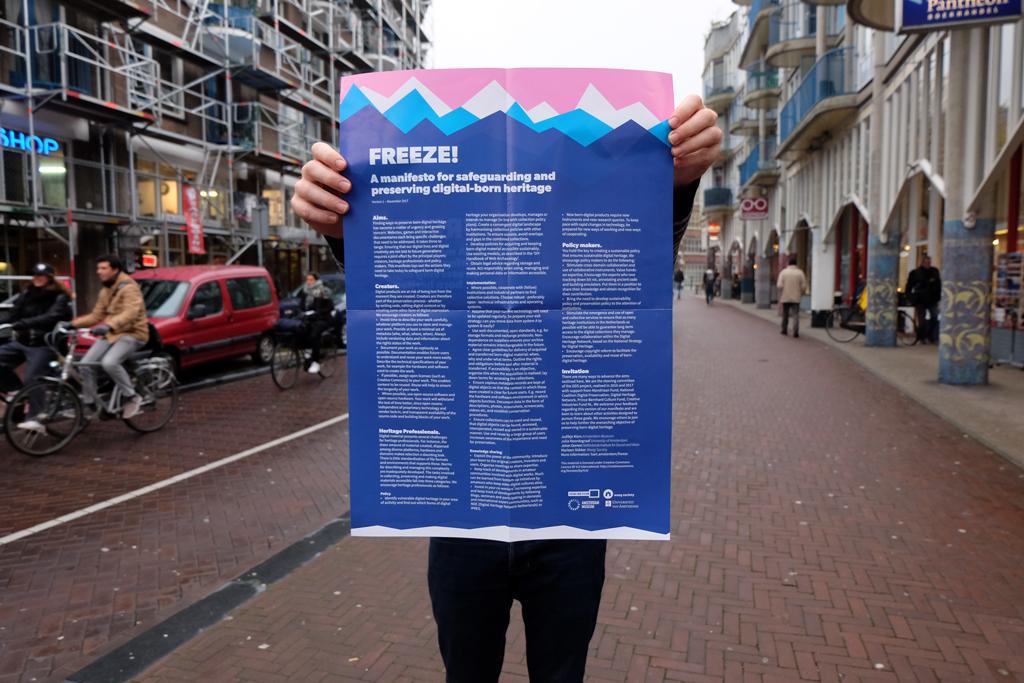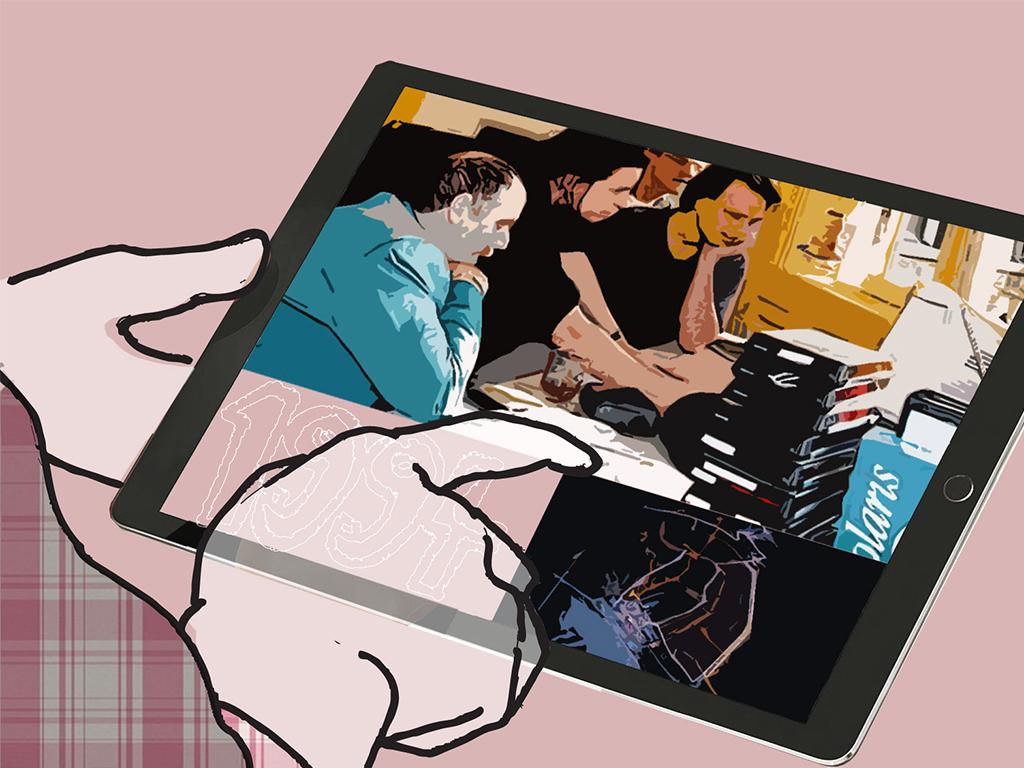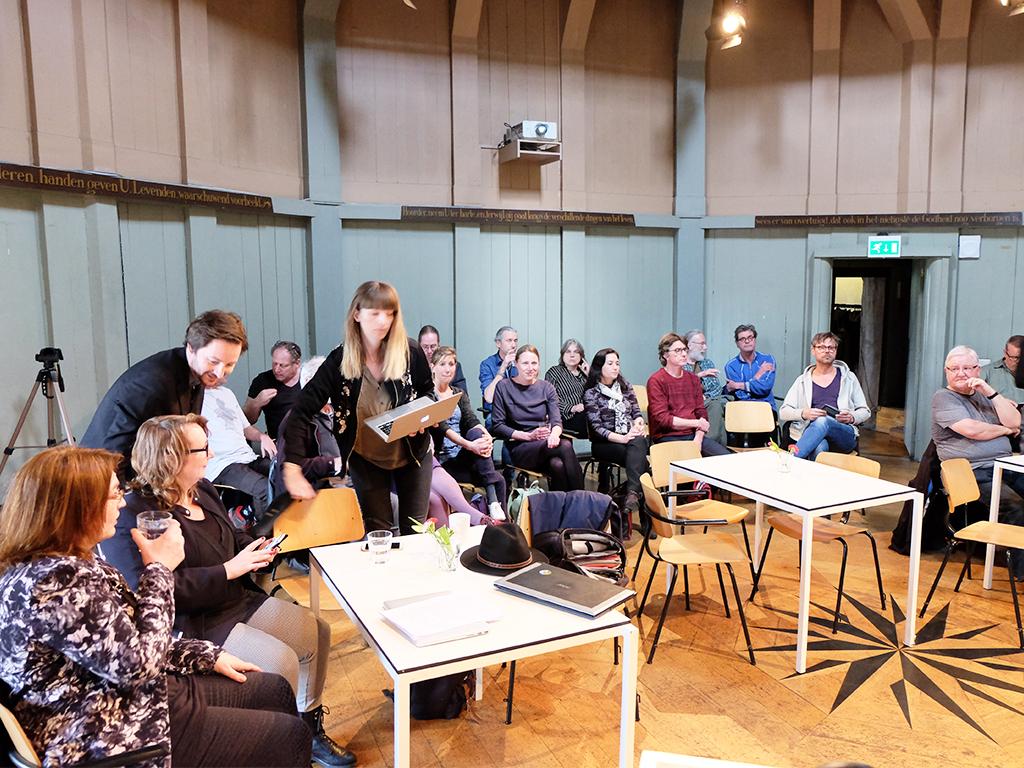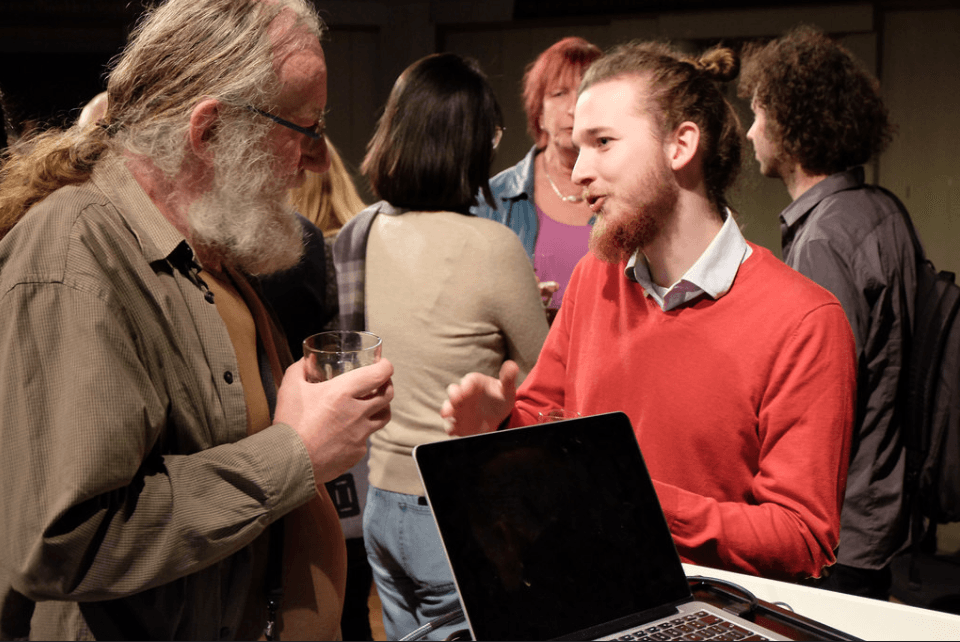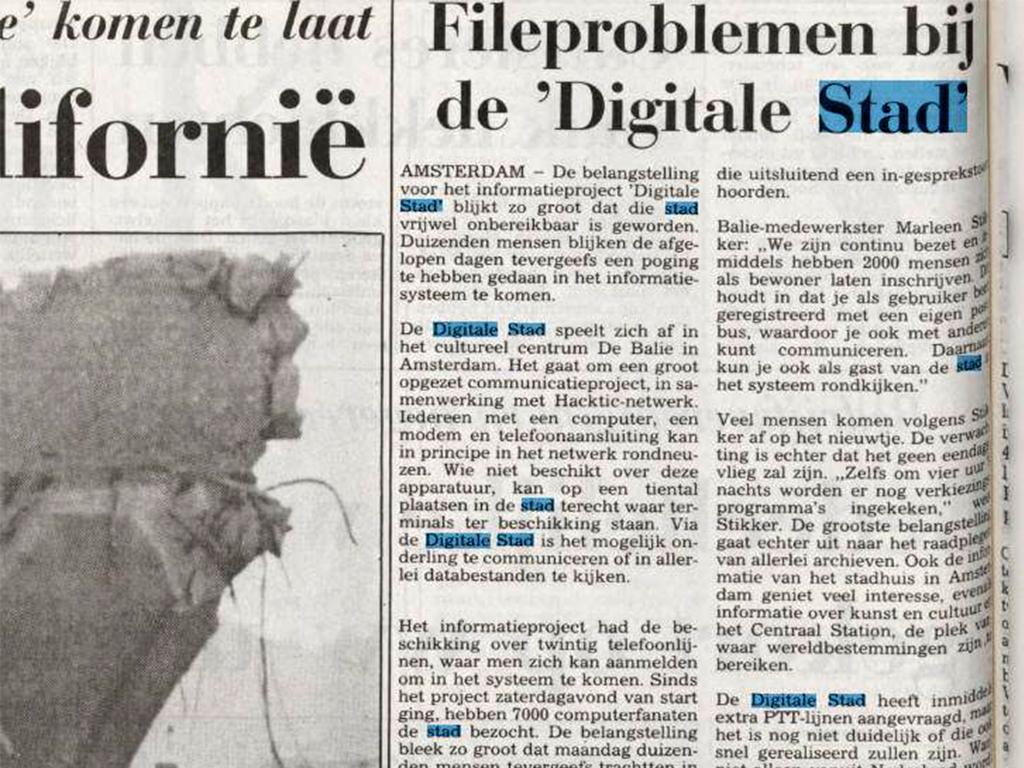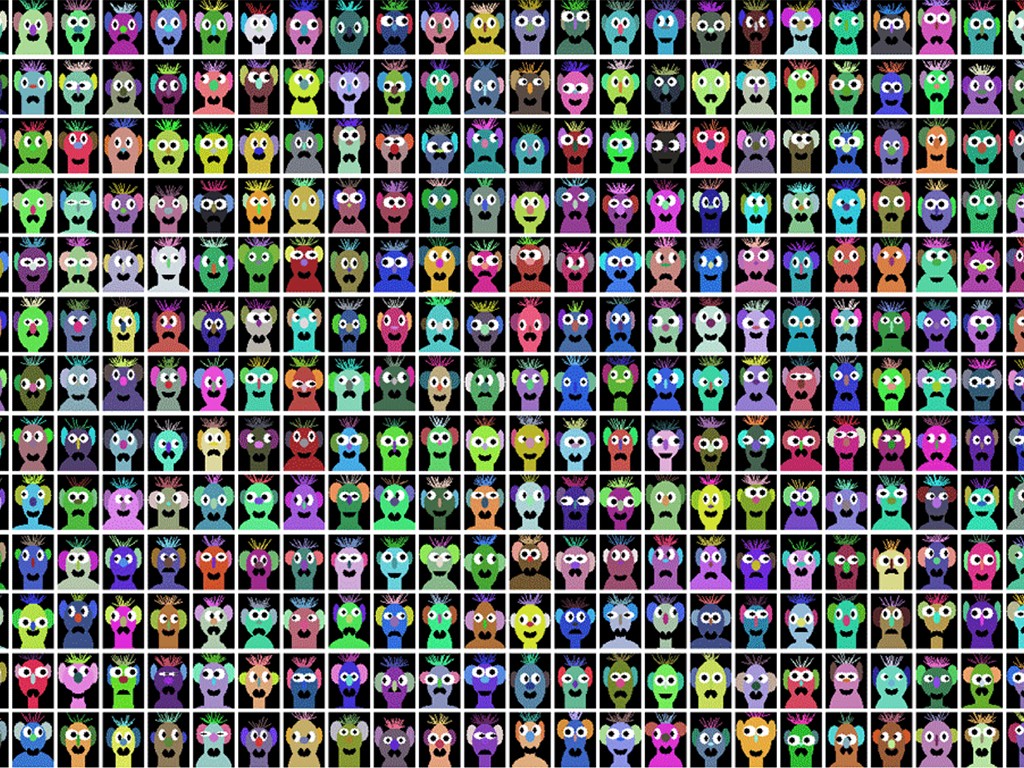
The Digital City revives
Since the early days of the Internet, our society has changed fundamentally. The Internet is interwoven into our everyday lives. But, we are losing the resources and information from the start of our digital life. Similar to what has been lost in the past like sources of television, newspapers and other media.
Can we still clarify how the Internet looked like when it was created? Who were the users? How was it used? There is a large amount of digital content available from the early days of the Internet that is unexplored.
However, digital sources obsolete, hidden under new codes and changed interfaces. The comparison with archeology can be made: old systems and interfaces must be "dug up". We aren’t doing enough to preserve our digital lives for the future, so we lose crucial information.
With the project "The Digital City revives", Waag, Amsterdam Museum, Dutch Institute for Sound and Vision and University of Amsterdam wanted to address this problem. In this collaboration between museums, innovators, creative industries, archives and academia we have preserved The Digital City (DDS) for present and future generations. We unlocked and shared new insights and methods for handling and preserving our cultural digital heritage scholars, heritage professionals and historians.
Publication and manifesto
To share our findings and to place the heritage of the Digital City in perspective we've organized four Hacking Heritage Labs. In addition, we shared the results in a final publication and manifesto in English (which you can find under publications).
Before this project, we organised a search for old material of the DDS, that in the end became part of the collection of the Amsterdam Museum.
Project duration
Links
Publications
Team
Financiers
- Prins Bernhard Cultuurfonds
- Mondriaan Fonds
- Stimuleringsfonds Creatieve Industrie
- NCDD
Partners
- Amsterdam Museum
- Universiteit van Amsterdam
- Instituut voor Beeld en Geluid

